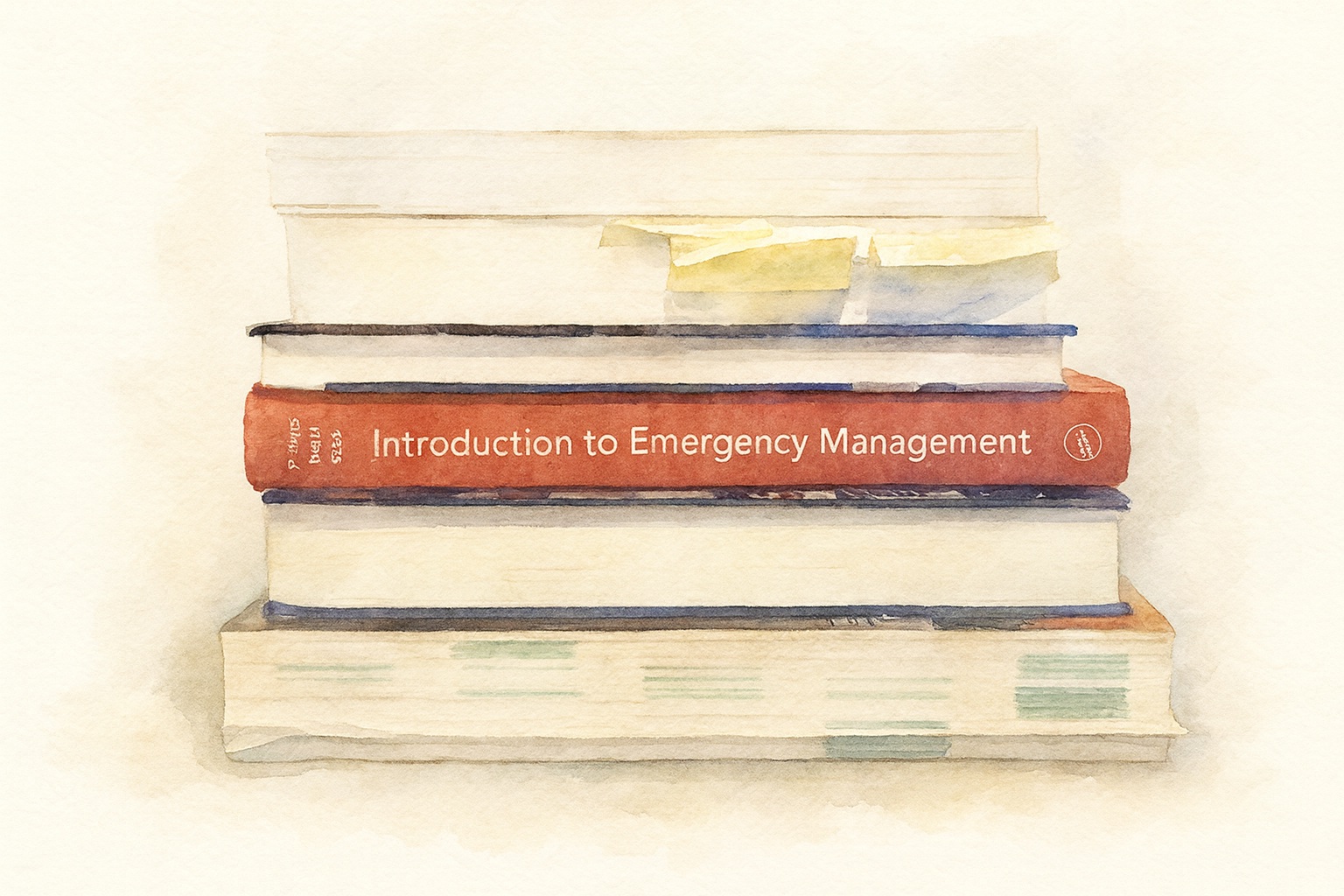OSHA and the Church: Wait… We Can Get Fined?! (Yes, you can!)

Greetings, Lara here… your resident safety nerd and Certified Safety Professional.
Now, I know what you might be thinking: “OSHA? In a church? Isn’t that just for factories and construction sites?” I get it. I’ve heard it all. I’ve worked with hotels, manufacturers, and now ministry spaces, and guess what? Hazards don’t care if you’re building cars or hosting a potluck.
Here’s the truth: If your church has paid employees, OSHA’s workplace safety rules apply to you. Period. And if something goes wrong — a serious injury, a complaint, an inspection — “We didn’t know” isn’t going to fly.
So let’s grab a coffee ☕ and walk through the top six OSHA-related areas I want every church leader to know about. No scary legal jargon, just straight talk from me to you.
1. The “Oops, Someone Tripped” Hazards
I once visited a church where the welcome mat had curled up at the corner, just waiting to take someone down. Sure enough, a volunteer caught their toe on it that morning.
Tip: Fix trip hazards like loose rugs, cords across walkways, or uneven steps. Keep storage neat so nothing falls on someone’s head.
Why it matters: OSHA’s General Duty Clause says you have to keep your workplace “free from recognized hazards.” A bad fall could send someone to the hospital. If it’s an employee, you might need to contact OSHA and report it.
2. Fire Safety Isn’t Just a “Once and Done” Thing
I recently encountered a fire extinguisher which was last inspected in 2018 — that’s 7 years ago. Fire extinguishers are required to have an annual maintenance inspection by a professional fire extinguisher company.
Tip: Get fire extinguishers inspected annually, keep exit routes clear, and post evacuation maps where people can see them.
Why it matters: In an emergency, seconds matter. OSHA requires fire protection measures for a reason and so should you.
3. Train Your People, Don’t Assume They Know
I’ve seen brand new staff members handed a key to the supply closet and zero instructions. That’s how bleach ends up being used like Windex (yep, I’ve seen it).
Tip: Document who was trained, what they were trained on, and when they were trained.
Why it matters: OSHA wants employees to be trained and know what to do in a crisis.
4. Handle Chemicals Like… Chemicals
Bleach, paint, cleaners — they might seem harmless, but OSHA’s Hazard Communication Standard (HAZCOM) says you have to handle them properly.
Tip: Store chemicals in labeled containers, keep Safety Data Sheets (SDS) on file, and train people on safe use.
Why it matters: Accidental chemical mishaps can cause serious injuries. Plus, a locked, organized cabinet looks way more professional than that mystery spray bottle under the sink.
5. Document, Document, Document… Every Injury, Every Time
Once, a custodian twisted his ankle in the parking lot. He didn’t think it was a big deal, so he skipped reporting it. A week later, it became a workers’ comp claim.
Tip: Keep incident report forms handy, preferably in an electronic format. Document every injury, even if it’s “just a scratch.” Know OSHA’s reporting deadlines: fatalities within 8 hours; in-patient hospitalizations, amputations, and loss of an eye within 24 hours.
Why it matters: Documentation isn’t red tape, it’s your safety net. It protects people and your church.
6. Keep Tools and Equipment in Shape
A ladder with a missing rung is not a “deal,” it’s a disaster waiting to happen.
Tip: Inspect ladders before use, make sure power tools have guards, and train people on how to use them safely. If something’s broken, tag it and take it out of service immediately.
Why it matters: OSHA expects equipment to be safe. Your back, your volunteers, and your insurance company expect the same.
Bottom Line
OSHA compliance isn’t about fear or fines — it’s about stewardship. It’s about caring for the people who make your ministry happen. And it doesn’t have to be complicated or overwhelming.
If you take one thing from this chat, let it be this: pick one area from the list above and check it this week. Safety grows from small, consistent actions.
And hey — if you want a tool that reminds you about inspections, tracks your training records, and stores your safety documentation in one place, you should join the Wooli waitlist. I helped design it to make safety simple and sustainable for churches, so you can spend less time chasing paperwork and more time serving your people.
Stay safe,
Lara

About the author
Lara
Safety Professional
Lara is a Certified Safety Professional (CSP) with expertise in risk management and organizational safety. She contributes practical guidance and clear frameworks to help teams operate with confidence.
Want to learn more about Wooli and join our Early access waitlist?
Learn About Wooli